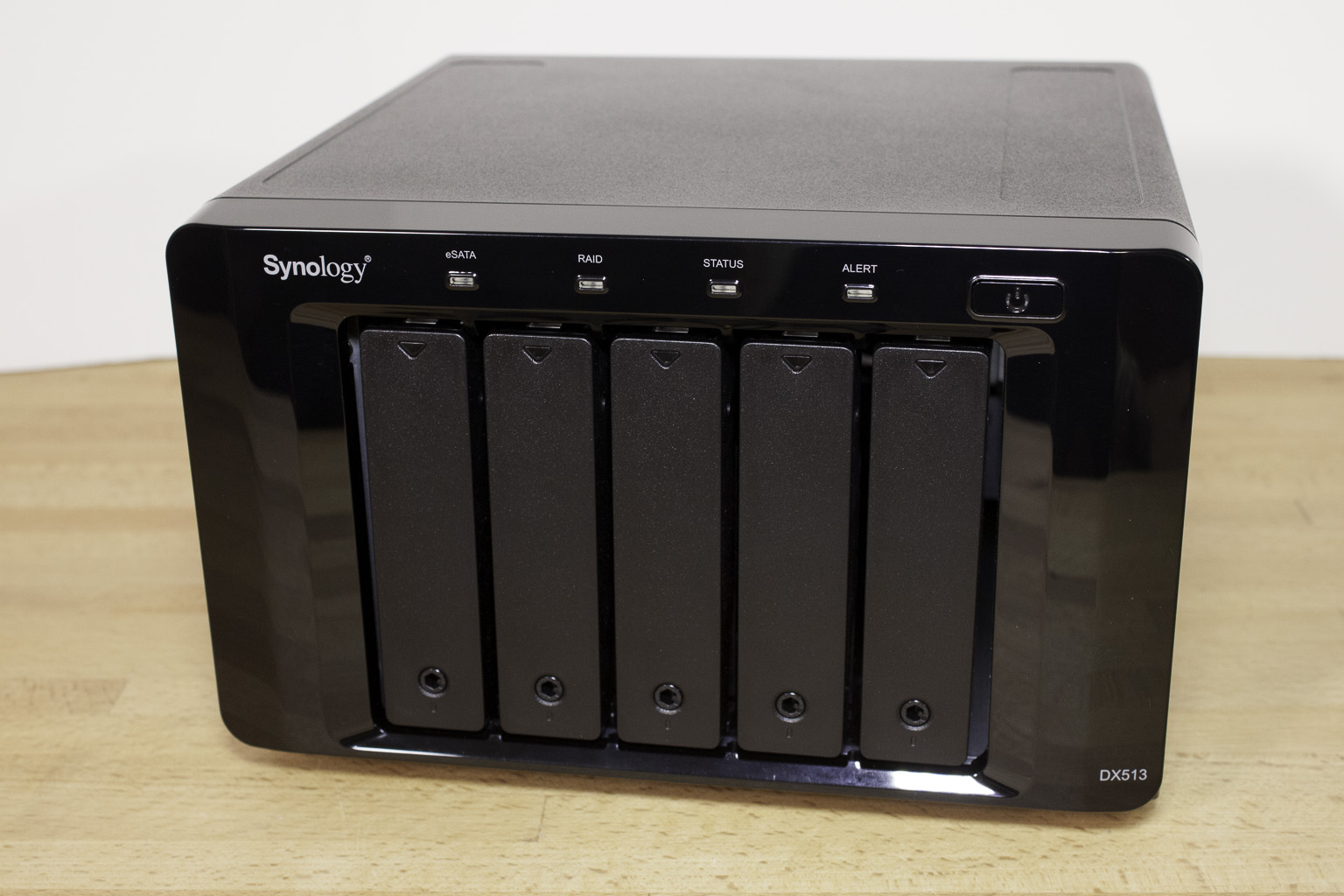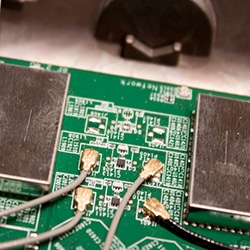Storage and Networking
WiFi is one of those services that people simply expect to see these days. When you walk into just about any public building you are going to start looking for the “free” WiFi that they have. Most people do not stop to think about that that looks like behind the scenes especially when you are in a smaller business. In a large business you have multiple wireless access points (WAPs) that are run by a central controller. This centralized control system makes it relatively simple to control both the business side and the guest side of the wireless network. These tools can be very expensive and out of the budget range for most small companies. Instead a small business will end up with either an edge device with built in wireless (and really bad service), a single WAP or multiple individual WAPs that need to be managed independently and have their own problems.
- Details
- By Sean Kalinich
- Hits: 25204
Read more: NETGEAR drops the WAP720 with Ensemble Mode. We...
For the majority of people the term wireless means a simple router or access point (AP) and that is that. However, when you look at wireless on a larger scale you have to have a means to control access points in your organization with a little more efficiency. The thought of going from AP to AP and manually making changes to ensure proper coverage or channel plans is one that would keep most network engineers up at night. However systems that offer a centralized management point for multiple Aps are typically out of the range of small and even medium sized businesses. NETGEAR has stepped in and created a few products to cover this market. We have their WC7600 Wireless controller and a pair of WN370 Access Points in the lab, so let’s check this bundle out and see how it fits in.
- Details
- By Sean Kalinich
- Hits: 31140
 |
In the world of the enterprise bandwidth is everything. If you do not have enough or you cannot keep your systems running then you are sure to lose money. The problem is getting the bandwidth you need without spending too much to get it. The current backbone to client standard is 1Gbe (Gigabit Ethernet). This give you plenty of bandwidth for client operations as well as voice traffic (which is typically about 20% of your data usage. Now this is great when you are talking about client to server traffic, but what happens when you need servers to talk to each other or servers to talk to storage? Here you need significantly more bandwidth than you do out to clients. Right now at the high-end of the spectrum you have 40Gbe (with 100Gbe coming very soon) and just under this is 10Gbe. Traditionally 10Gbe has been the playing ground for fiber optics or for TwianAixal cables. The problem is that these are not all that economical and end up out of the hands of all but larger enterprise networks. Things have changed though, just like 1Gbe over 10 years ago, 10Gbe is now hitting the price range that puts it into the hands of small and medium sized businesses. We are going to take a look at one of these options today in the form of the NETGEAR ProSafe XS708E 8-port 10Gbe Ethernet Switch.
- Details
- By Sean Kalinich
- Hits: 36369
Read more: NETGEAR ProSafe XS708E 8-Port 10Gbe Switch Review
 |
Storage is something that everyone needs. No matter if you are a single end user or a gigantic corporation you have to have a place to keep your data. This one little fact has never changed and probably never will. The difference is that home users are now higher on the scale when it comes to storage needs than many small and medium sized business. Home users are maintain more and more data in the form of movies, music pictures and even installation files while many small businesses are only storing simple documents and perhaps a few databases. It has changed the dynamic in the way storage products are marketed in many ways and this is not truly a completely good thing. While a normal consumer might store more information than a small business they do not have the same need to never be offline or unavailable. The typical home user also does not have the same number of connections to their data as a medium or even small business. There needs to be a class of NAS that can handle these requirements without pushing the price tag over the top. Synology has a very solid answer for these questions and more all bundled up inside the new DS1513+; this is a five-bay NAS that includes four 1Gbps LAN and a ton of other features. Let’s dive in and take a look shall we?
- Details
- By Sean Kalinich
- Hits: 50287
 |
Storage is one of those things that you never seem to have enough of. Just when you think that 2Terabyte drive is going to last you it seems to get full like magic. I can vividly remember buying a 1.2GB drive and thinking that would last me for a very long time. As you might have guessed it did not and the progression only got faster. It was not long before file sizes were getting larger faster than storage makers could keep up, at least in the consumer world. In the professional world we still had large arrays of disks (RAID) to help maintain capacity and performance. Unfortunately, these arrays also had a limit due to the difficulty in expanding them once you reached their capacity. As storage systems evolved this was remedied by adding in more “trays” of disks. The down side here is that these types of systems are very expensive and out of the reach of many (if not most) small and medium sized businesses. In this space the NAS (Network Attached Storage) and not the SAN (Storage Area Network) are the most common products and have the same limitations of direct attached storage. So, what do you do when your NAS runs out of space? Synology has an answer for you in the DX513. Follow along with us as we show you just how easy and even cost effective this handy add on to the DS1512+ is.
- Details
- By Sean Kalinich
- Hits: 63288
More Articles …
Page 1 of 2




